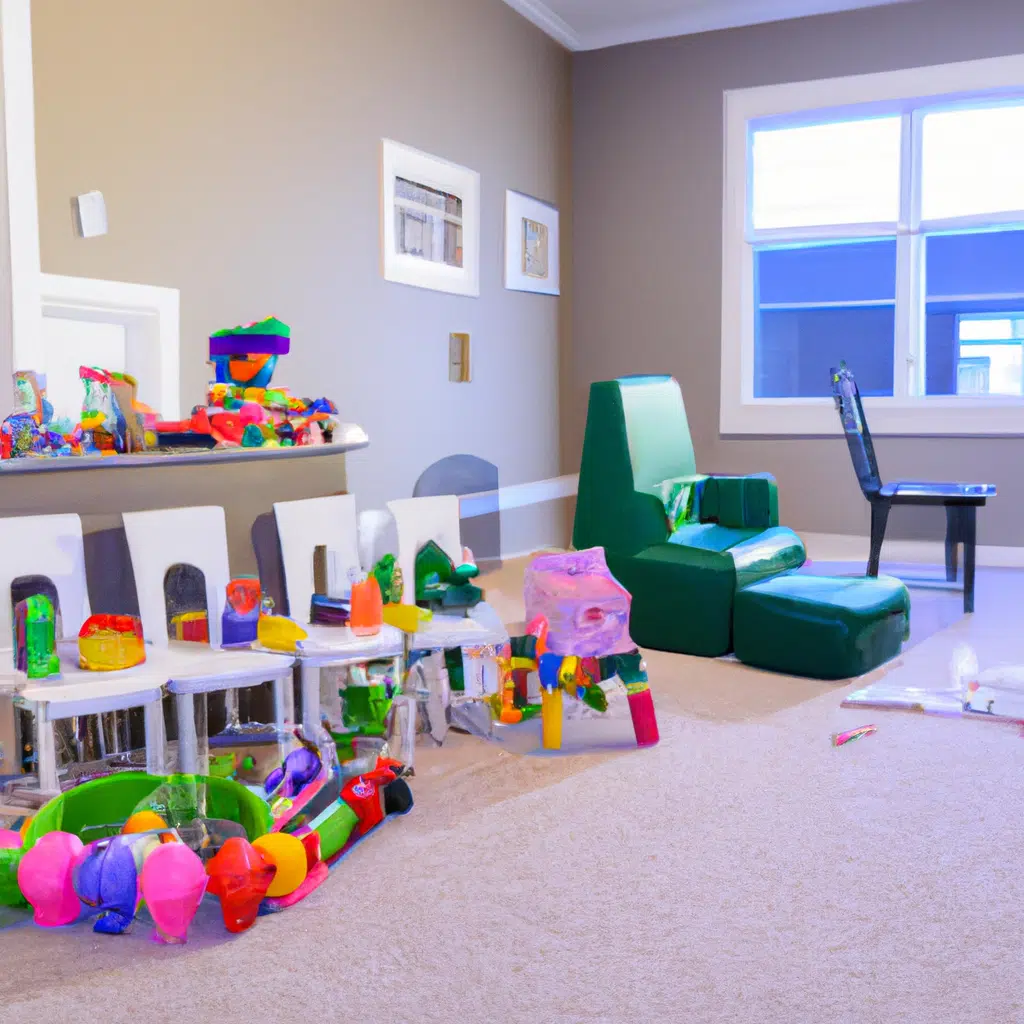
At some point, every family needs to make use of every inch of space in their home. Whether you are downsizing or just need to make a small room work for multiple purposes, the key to success lies in good planning and creative design. In this article, we will explore how to create a multi-functional space in your home that can serve as a playroom, guest room, home office, or any other purpose that you need it to.
Assessing Your Space
The first step in creating a multi-functional space is to assess the room you have available. Take measurements, note any windows or doors, and make a list of the items you need to fit in the space. Consider the overall flow of the room and how different functions will fit together. Once you have a clear idea of what you need to work with, you can start to plan your design.
Choosing Furniture
When selecting furniture for a multi-functional space, it is important to choose pieces that can serve multiple purposes. For example, a sofa bed can be used for seating during the day and then easily converted into a bed for guests at night. A desk with built-in storage can be used as a workspace during the day and then transformed into a vanity for guests.
Organizing Your Space
Good organization is key to making a multi-functional space work. Make use of storage solutions that can help keep the room clutter-free. Consider using baskets, shelves, and cabinets to store items that are not in use. Use a folding screen or curtains to separate different areas of the room for privacy.
Lighting Your Space
Lighting is an important element of any room design, but it is especially important in a multi-functional space. Consider using a combination of ambient lighting, task lighting, and accent lighting to create a well-lit space that can serve multiple purposes. Use dimmers to control the level of light in the room and create the right atmosphere for each function.
Decorating Your Space
The final step in creating a multi-functional space is to decorate it in a way that reflects your personal style and meets the needs of everyone who will be using the space. Use color, texture, and pattern to create a cohesive look that ties all of the functions of the room together. Consider using artwork and accessories to add personality and interest to the space.
Conclusion
Creating a multi-functional space in your home can be a challenge, but with good planning and creative design, it is possible to make even the smallest room work for multiple purposes. By assessing your space, choosing furniture wisely, organizing effectively, lighting your space well, and decorating thoughtfully, you can create a space that meets the needs of your family and guests alike. Remember to use Markdown formatting to make your article look professional, and use subheadings to break up the content for easy reading. With these tips, you can create a space that is functional, stylish, and uniquely yours.

